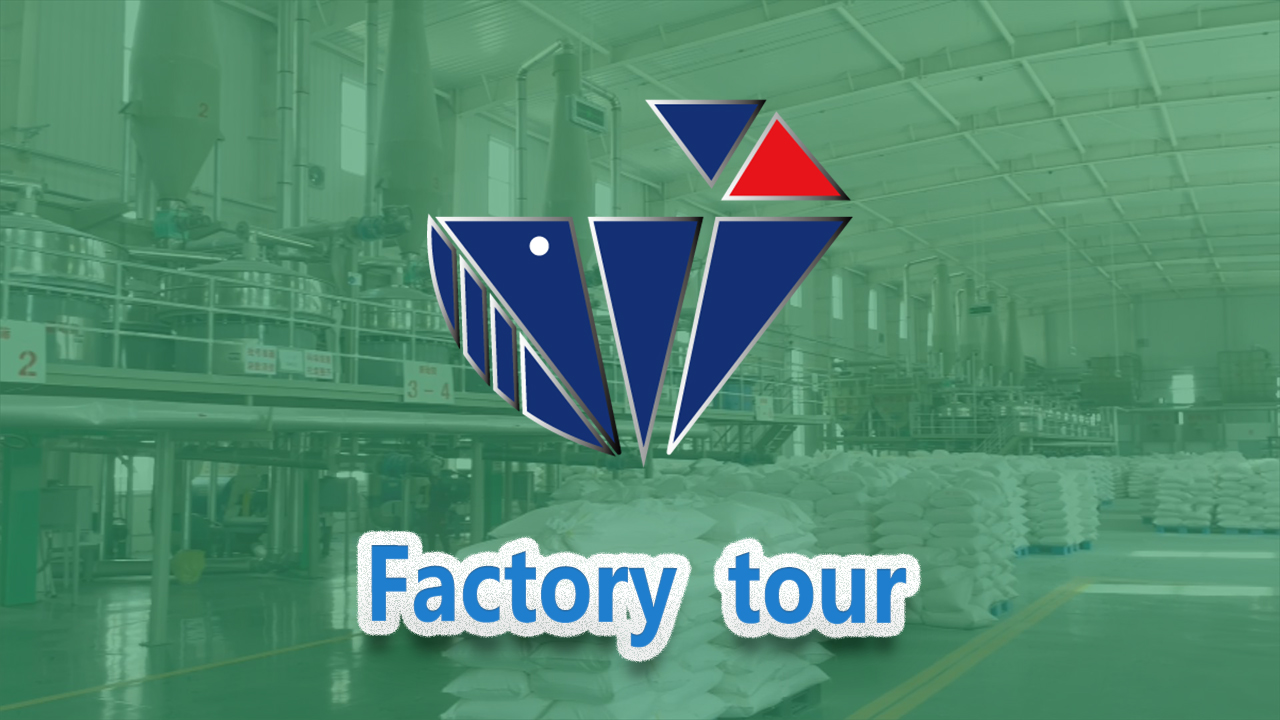
ag. . 21, 2024 11:37 Back to list
Influence of Hydroxyethyl Cellulose Concentration on Viscosity Properties in Aqueous Solutions
The Influence of Hydroxyethyl Cellulose Viscosity on Concentration
Hydroxyethyl cellulose (HEC) is a water-soluble polymer derived from cellulose, commonly utilized in various industries ranging from pharmaceuticals to construction materials. Its unique properties, particularly its viscosity and concentration, play a fundamental role in dictating its functional capabilities in different applications. Understanding the relationship between the viscosity of hydroxyethyl cellulose and its concentration is crucial for optimizing its usage and performance in practical formulations.
Understanding Hydroxyethyl Cellulose
Hydroxyethyl cellulose is characterized by its ability to form clear solutions in water, making it an exceptional thickening agent. The degree of viscosity can significantly impact the behavior of the solutions, influencing factors such as texture, stability, and the effectiveness of active ingredients in formulations. HEC's versatility allows it to be used in a plethora of products, including gels, creams, and coatings, where it enhances the product's flow and application properties.
Viscosity and Concentration Relationship
The viscosity of hydroxyethyl cellulose is directly related to its concentration in a solution. Generally, as the concentration of HEC increases, the viscosity of the solution also rises. This is due to the increased number of polymer chains that entangle and interact with each other, creating a more viscous system. The behavior of HEC solutions can be described by the principle of entanglement, where higher concentrations lead to a complex network formation among the polymer chains.
At low concentrations, HEC solutions exhibit Newtonian behavior, characterized by a constant viscosity regardless of shear rate. However, as concentration increases, the solutions transition to non-Newtonian behavior, and the viscosity becomes dependent on the shear rate applied. This behavior is particularly beneficial in applications that require modifications of flow properties under different processing conditions such as mixing, pumping, and application.
hydroxyethyl cellulose viscosity concentration

Applications and Implications
In pharmaceutical formulations, the viscosity of hydroxyethyl cellulose solutions can influence drug release rates and bioavailability. Higher viscosity can slow down the release of active ingredients, providing sustained release characteristics that are advantageous in certain therapies. For topical formulations, an optimal concentration of HEC can achieve a desirable consistency that enhances skin feel and spreadability.
In the construction industry, HEC is often used in cementitious materials. The viscosity of HEC affects the workability and adhesion of the mixture. An appropriate concentration can improve the water retention of mortars and plasters, crucial for proper setting and curing.
Conclusion
The relationship between hydroxyethyl cellulose viscosity and concentration is a critical factor that shapes its applications across various fields. Tailoring the viscosity by adjusting the concentration allows formulators to optimize product performance, whether it be enhancing stability, improving texture, or modifying release profiles. As research continues to unveil new uses of HEC, understanding these fundamental principles will enable more innovative and effective product designs, ensuring that hydroxyethyl cellulose remains a vital component in the formulation of high-performance materials.
In summary, hydroxyethyl cellulose serves as a vital ingredient in numerous applications, with its viscosity properties being integral to its effectiveness. By carefully manipulating the concentration, industries can leverage HEC's versatility to meet specific performance needs, ultimately enhancing product quality and user experience.
-
Why HPMC is a Key Additive in Wall Putty Formulations
NewsAug.05,2025
-
Redispersible Powder in Decorative Renders: Function Meets Finish
NewsAug.05,2025
-
Redispersible Powder for Interior Wall Putty: Smooth Results Every Time
NewsAug.05,2025
-
HPMC’s Water Retention Capacity in Dry Mortar Applications
NewsAug.05,2025
-
HPMC Factory Contributions to Liquid Detergents
NewsAug.05,2025
-
How HPMC Factory Products Change Detergent Textures
NewsAug.05,2025







